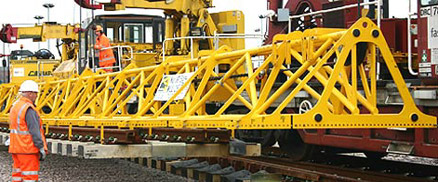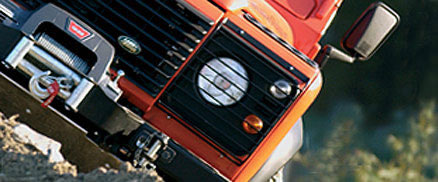Before using a Norton track jack the operator should be familiar in its use. When raising a load operate the lever up and down. The jacks will raise the load one notch for each lever down stroke. The rack cannot be ratcheted out of the base because it is designed to stop when raised to its top limit.
To trip the jacks, raise the lever as high as it will go and disengage the short pawl by pulling on the pawl knob as far as it will go in the direction of the socket lever. Lower lever slightly to allow the short pawl to become locked against the long pawl, then release the short pawl and continue to lower lever until the long pawl is disengaged from the rack which trips the jack.
The following precautions and procedures should be followed when operating a Norton track jack:
- always visually inspect the jack before each shift or each use, whichever is less frequent.
- determine if the load is within the load rating of the jack otherwise it should not be used
- support the jacks firmly at the base in such a manner so that that it cannot shift under the load it is carrying.
- use shims or constraints to prevent slippage of the base or the load.
- use an operating lever of correct size and make sure the operating lever is properly seated in its socket.
- do not straddle the operating lever.
- remove operating levers when not in use to avoid dislocation of the jack and reduce the tripping hazard.
- take precaution to assure that all personnel are clear of the load before tripping.
- assure that sufficient swing area is available for the operating lever.
- avoid off-centre loading of jacks.
- lubricate the jack generously with grease frequently. This is recommended every 50 cycles. Apply the grease to bushing through holes at ends, to front and sides of the rack when extended and to the front of the base around the slot for the rack toe.


